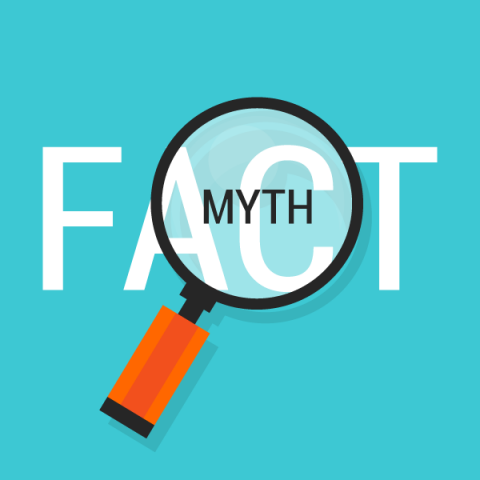August 23, 2018 by

Urinary incontinence can be an embarrassing issue for those who are impacted by it. The preconception behind the disorder frequently leads to patients having either a lack of facts or trusting in some common misbeliefs about incontinence. The Bridgeport home health experts from At Home Independent Living provide some commonly held incontinence myths and the truth behind each:
Myth: Urinary incontinence is inevitable as we grow older.
Truth: While aging does increase the risk for incontinence, many elderly individuals preserve normal bladder control, so it should certainly not be regarded as a typical or inevitable component of the aging process.
Myth: Urinary incontinence can’t be treated in older adults.
Truth: This is not the reality in the majority of cases. There are ways that incontinence can be treated with success.
Myth: Consuming as little water as possible will reduce the complications from incontinence.
Truth: Often seniors minimize their fluid intake in the misguided notion that drinking less will reduce the severity of their incontinence. However, reducing fluids leads to more concentrated urine which irritates the bladder and makes the condition worse. Drinking plenty of fluids helps to maintain a normal bladder capacity and functionality.
Myth: Urinary incontinence is hardly ever a problem for men.
Truth: Men are less inclined to communicate about the concern with family members or doctors, and so are less likely to be clinically diagnosed with urinary incontinence. However, per NAFC estimates, about 20% to 25% of Americans with incontinence are male.
If your loved one is troubled with incontinence, be sure he or she obtains a proper diagnosis from the doctor to rule out any underlying issues. The caregivers from At Home Independent Living can help your loved one control the symptoms of incontinence in a compassionate and discreet way. Contact us online or call us at (315) 579-HOME (4663) for more information about our Bridgeport home health services and the communities we serve.
